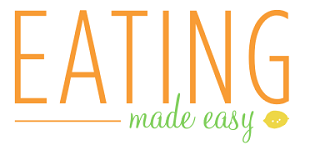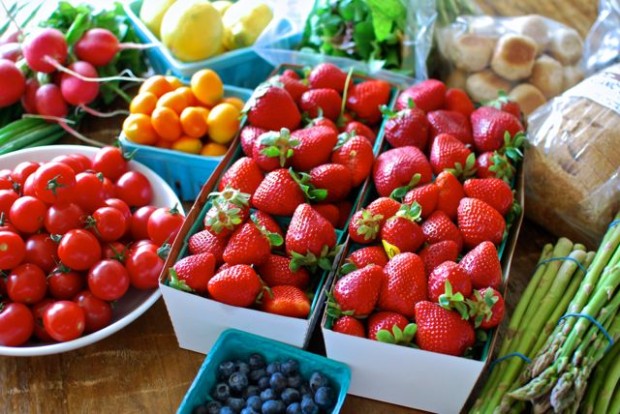Every year, the Environmental Working Group (EWG) releases a “Dirty Dozen list,” which reveals the 12 fruits and vegetables with the highest levels of pesticide contamination after being washed. They (and I) recommend buying organic versions of these fruits and veggies, to minimize your family’s exposure to toxic pesticides.
If you can’t afford to buy organic produce all the time, or don’t always have the option, check out EWG’s Clean Fifteen List, which shows the conventional (non-organic) fruits and veggies with the lowest pesticide levels. Focusing your produce consumption on the items on this list will help you avoid toxic chemicals, too.
Below are the 2014 Dirty Dozen and Clean Fifteen lists.
The Dirty Dozen
- Apples
- Strawberries
- Grapes
- Celery
- Peaches
- Spinach
- Bell peppers
- Imported nectarines
- Cucumbers
- Cherry tomatoes
- Imported snap peas
- Potatoes
Each of these items not only show high concentrations of pesticides, they also contain a large number of different pesticide residues. [Scary facts: a single grape contained 15 pesticides and single samples of cherry tomatoes & strawberries showed 13 different pesticides on each.]
Kale and collard greens, as well as hot peppers, did not make the Dirty Dozen list, but they are frequently contaminated with insecticides that are highly toxic to the human nervous system. So if these are things you buy, choose organic.
The Clean Fifteen
- Avocados
- Sweet corn (aka corn on the cob and the corn kernels we eat as-is, not processed corn products)
- Pineapples
- Cabbage
- Frozen Peas
- Onions
- Asparagus
- Mangoes
- Papayas
- Kiwis
- Eggplant
- Grapefruit
- Cantaloupe
- Cauliflower
- Sweet potatoes
Few pesticides were detected on these items (when compared to other produce) and tests found low total concentrations of pesticides.
However, I’d recommend choosing organic produce when it’s an option or fits within your budget. Pesticide contamination is just one of the issues with conventionally grown produce, and buying organic can help ensure better conditions for farmers, farm workers and the environment.







4 Comments
Amanda Cowan
May 19, 2014 at 7:36 pmI feel like these are so confusing to keep straight! Because I swear the list I’ve been using on my phone has cauli on the dirty and snap peas on the clean! Of course, you’re list is correct by everything that I’m finding now! So the one I had must be seriously incorrect.
I need to print this out to keep with me, because I have the hardest time keeping them straight except for knowing that berries are always on the dirty list.
Megan (The Lyons' Share)
May 20, 2014 at 9:51 amBecause I’m a nerd and love this list, I had to compare. It seems like mushrooms went off the Clean 15 list in place of cauliflower (which I have to admit surprises me!), and hot peppers were replaced by snap peas for the Dirty Dozen. I’ve always wondered why potatoes and sweet potatoes were so different … off to research 🙂
Amelia Winslow
May 20, 2014 at 1:16 pmI’m the same way 😉
Amelia Winslow
May 20, 2014 at 1:17 pmI should clarify – it’s Imported snap peas, not ALL snap peas. I’ll fix that on the list! Also keep in mind the list changes every year, which is why you might see inconsistencies year to year.